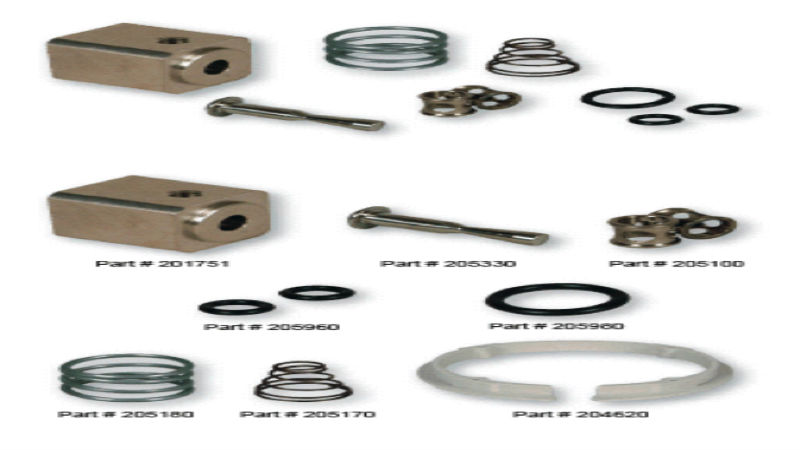Selecting the right type of valve for a project or application is critical to ensure the long life of the valve, to reduce the risk of valve failure and to limit the chances of leaks developing in and around the valve.
Too often, the wrong size and type of valve are selected for a given system. This is true for all types of valves, but it is very common with ball check valves. All check valves are designed to allow the flow of the media, including liquids, gases, and other media, to flow only one way through the system. These valves are critical to prevent backflow through a system, which can be potentially hazardous.
Additionally, the movement of ball check valves, which uses the ball to allow the forward flow but stop the reverse flow, allows for a slow stop with the reverse pressure. This very slight microsecond delay can be instrumental in preventing water hammer, which can be damaging to the lines on the opposite sides of the valve with sudden pressure drops when the flow stops instantly and completely.
The Issues to Consider
The specific pressure and flow through the system, as well as the high and low peaks, will need to be considered when choosing the correct size of ball check valves.
The common mistake is to simply fit the check valve for the average pressure and flow through the system, but forgetting about the low and high peaks, particularly in unmanned and unmonitored areas of a system, can result in valve failure.
The choice of the type of material for the body of the valve as well as the interior ball will be important. Most of these valves are designed to be self-cleaning, with the free spinning of the ball in the valve enough to provide the cleaning needed to eliminate manual cleaning and maintenance.



